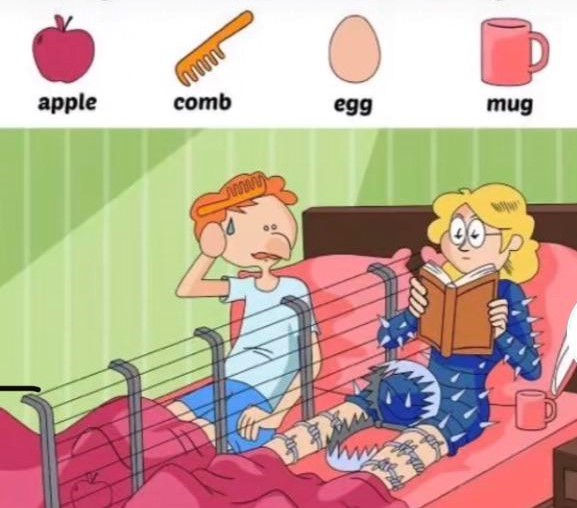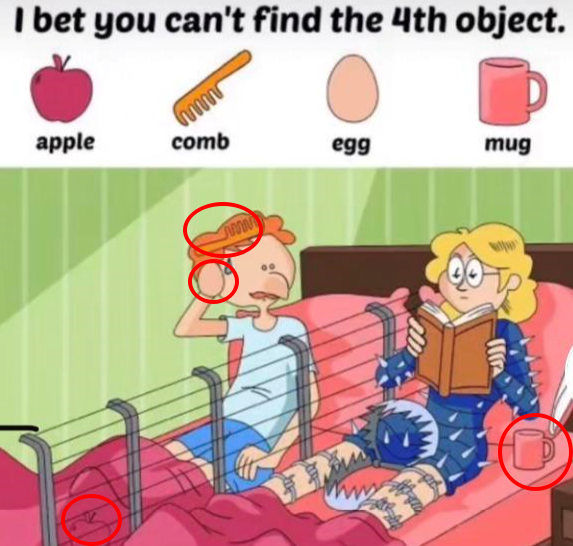The Art of Painful Humor: Exploring the Hilarious Reality of Injury and Recovery
We’ve all had those moments where life’s aches and pains make us feel like we’re trapped—sometimes literally! The cartoon scene showing one person’s legs in what looks like a medieval spiked contraption, lying in bed while another nervously watches, perfectly captures the comedic side of injury and recovery. It’s a funny, exaggerated take on how tough and uncomfortable healing can be, mixing humor with relatable reality.
In this article, we’ll dive into why humor about injury resonates so deeply, how it helps us cope, and what this hilarious image teaches us about patience, resilience, and support during tough times.

Why We Laugh at Pain: The Healing Power of Humor
Pain and injury are serious subjects, but humor provides a surprising relief valve. When we joke about discomfort, we take back some control over our situation. The cartoon’s ridiculous spiked “restraint” device is an exaggerated metaphor for the helplessness and awkwardness many feel when healing.
Laughter reduces stress, releases endorphins, and helps us mentally reframe hardship. So, images like this serve as both comic relief and a reminder that everyone’s recovery journey has its quirky moments.
Visual Comedy: Using Exaggeration to Express Real Feelings
Cartoons thrive on exaggeration. The spiky contraption on the legs is absurd, yet it perfectly captures the sensation of immobilization and frustration. The worried look on the bystander’s face adds to the humor, portraying how awkward or unsure we often feel around injured loved ones.
This visual storytelling is powerful because it instantly communicates complex emotions—vulnerability, discomfort, empathy—in a way words sometimes can’t.
Injury and Recovery: A Universal Experience
Almost everyone has faced injury, from minor scrapes to serious setbacks. The common struggles—pain, immobility, dependency—create a shared experience that binds us. This cartoon taps into that universality, making viewers nod in recognition and chuckle at the exaggerated truths.
It reminds us that healing is often bumpy and inconvenient, but also that it’s a natural part of life’s journey.
The Role of Support Systems During Tough Times
The second character’s presence in the cartoon—watching attentively, perhaps a bit helpless—highlights how crucial support is during recovery. Whether it’s family, friends, or caregivers, having someone there to listen, help, or just keep you company makes a big difference.
Even though the cartoon makes light of the situation, it underscores the importance of empathy, patience, and shared humor in tough times.
.
.
.
.
.
.
.
Answer:



